SOURCE: IDRW.ORG TEAM

In a remarkable achievement, Mazagon Dock Shipbuilders Limited (MDL), a prominent player in India’s shipbuilding industry, has been granted a patent by the Indian Patent Office for pioneering a novel procedure in the final alignment of the Propeller Shaft on a Destroyer Class Vessel while in Dry Dock. This groundbreaking innovation not only underscores MDL’s commitment to excellence but also highlights the ingenuity of the shipyard’s own engineers.
The patented procedure represents a significant leap forward in the domain of shipbuilding, particularly in the critical aspect of aligning the Propeller Shaft. This innovation is pivotal for the proper functioning and performance of naval vessels, especially Destroyer Class vessels known for their agility and firepower. The traditional methods of aligning the Propeller Shaft often involve complex processes, but MDL’s engineers have successfully introduced a streamlined and efficient approach.
Continue readingSOURCE: RAUNAK KUNDE / NEWS BEAT / IDRW.ORG
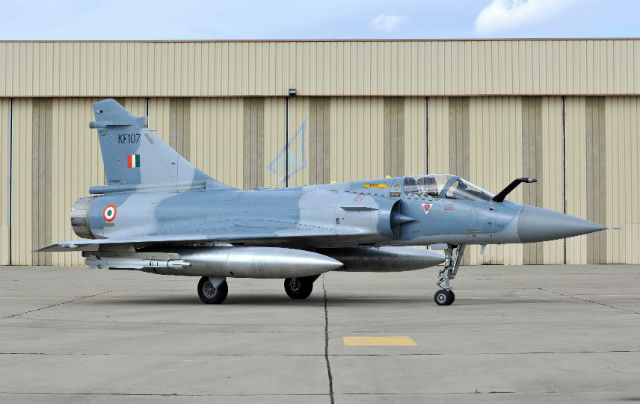
A decade after the ambitious project began, the Indian Air Force (IAF) is nearing the finish line in its Mirage 2000 upgrade program. The final upgraded aircraft is expected to be delivered by the end of this year, marking the completion of a project beset by delays and challenges.
In 2011, India signed a $2.5 billion contract with Dassault Aviation to upgrade 51 of its Mirage 2000 fighter jets. This comprehensive upgrade aimed to bolster the aircraft’s capabilities with new avionics, radars, communication systems, and more. Originally slated for completion in 2021, the project faced several setbacks.
Continue readingSOURCE: RAUNAK KUNDE / NEWS BEAT / IDRW.ORG
Greek Armed Forces are considering a potential upgrade for their RM-70 multiple rocket launchers, and Indian company Munitions India Limited (MIL) is in the running with a proposal to bring them up to the Pinaka standard.
The RM-70, a Czechoslovakian variant of the BM-21 Grad, has been a mainstay of the Greek military for decades. This powerful area-saturation rocket system packs a punch, but its capabilities can be further enhanced. It is not clear what Pinaka standard was mentioned in Greek media since BM-21 Grad is a 122mm Rocket and Pinaka is a 214 mm Rocket.
Continue readingSOURCE: RAUNAK KUNDE / NEWS BEAT / IDRW.ORG

The Indian Air Force’s (IAF) indigenously developed SAMAR air defence system grabbed attention during Exercise Vayushakti 24 with its distinct launch profile. This short-range system, designed to counter low-flying aerial threats like fighter jets, helicopters, and UAVs, exhibited several unique features during the exercise.
One of the most striking aspects of the SAMAR launch was its initial flat trajectory, mirroring the launch profile of an air-to-air missile fired from an aircraft. This is due to the system’s use of repurposed Vympel R-73E infrared-guided air-to-air missiles (AAMs) that retain their “off-boresight” capability. This means the missiles can be launched at targets not directly in front of the launcher, offering greater flexibility in engagement scenarios.
Continue readingSOURCE: IDRW.ORG TEAM.
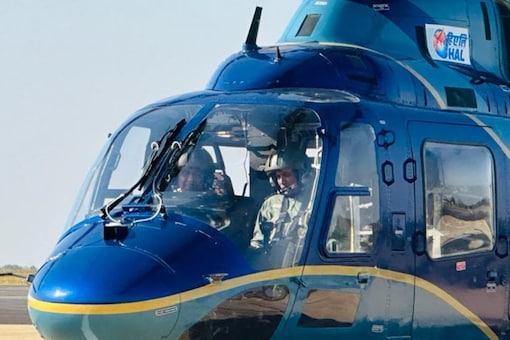
Hindustan Aeronautics Limited (HAL) is setting its sights on the burgeoning Indian civil helicopter market with its Light Utility Helicopter (LUH). C.B. Ananthakrishnan, Chairman and Managing Director of HAL, confirmed the company’s efforts to secure civil certification for the LUH within the next three to four years.
This ambitious goal is being pursued alongside the ongoing military certification process. HAL is actively engaging with the Directorate General of Civil Aviation (DGCA), India’s civil aviation regulator, to ensure smooth progress towards dual certification.
Continue readingSOURCE: IDRW.ORG TEAM.
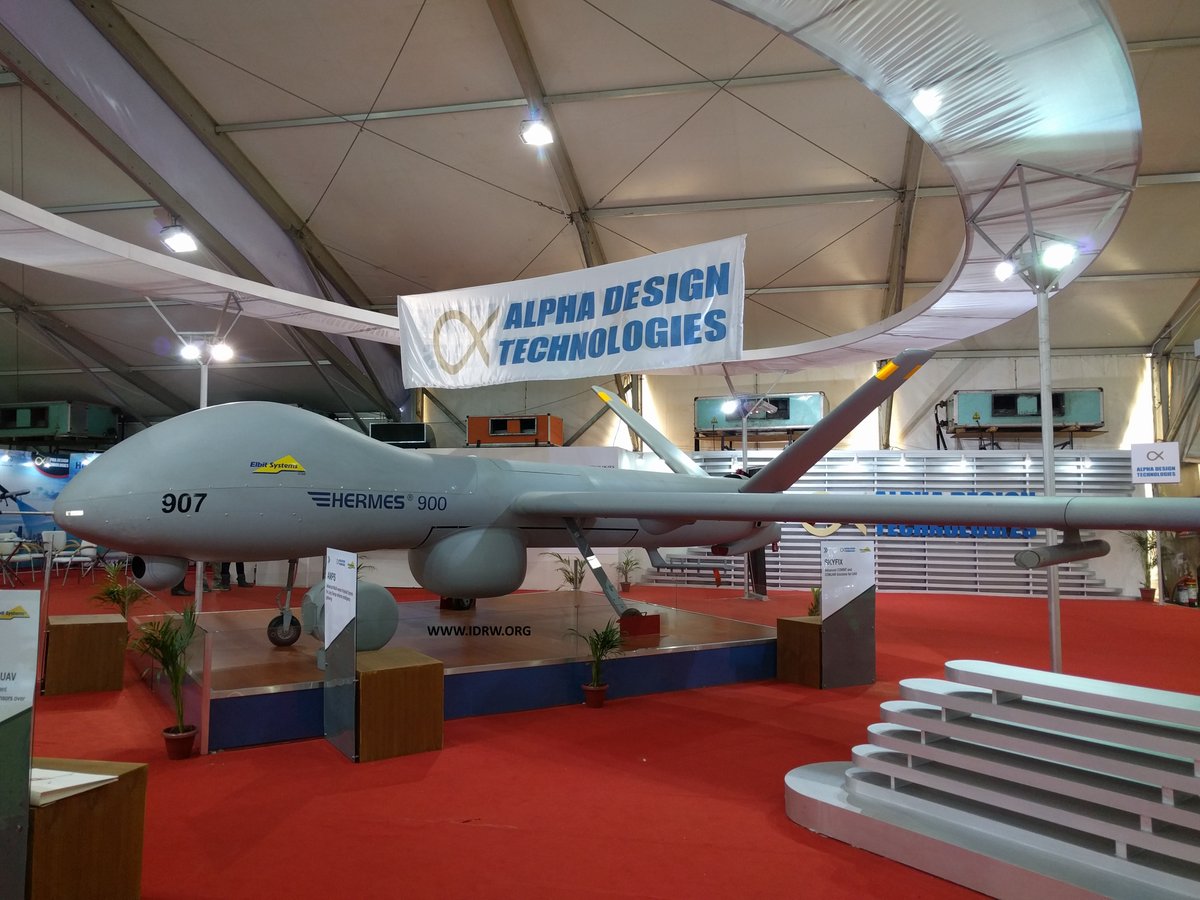
The Indian Navy has taken a cautious approach to unmanned aerial systems (UAS) acquisition, recently inducting two Elbit Systems Hermes 900 StarLiner units for extensive evaluation before committing to further purchases. These drones, assembled locally in Hyderabad, represent a significant milestone in India’s quest for indigenous drone technology.
The two Hermes 900 units were assembled in Hyderabad by Adani Defence and Aerospace, marking a significant step towards India’s “Make in India” initiative. However, the Navy is not rushing into further purchases based solely on this fact.
Continue readingSOURCE: RAUNAK KUNDE / NEWS BEAT / IDRW.ORG

The production of India’s indigenously developed Light Combat Aircraft (LCA) Tejas Mk1A might face a slowdown next year due to delays in the delivery of its engines, according to media reports. This news emerges amidst the IAF’s recent interest in acquiring additional Mk1A variants.
The General Electric (GE) F-404 engines, powering the Tejas Mk1A, were initially scheduled for delivery from August 2023 onwards. However, GE reports supply chain challenges as the reason for the delay and subsequent production stoppage. They assure that the issues have been resolved and deliveries will begin this year.
Continue readingSOURCE: RAUNAK KUNDE / NEWS BEAT / IDRW.ORG
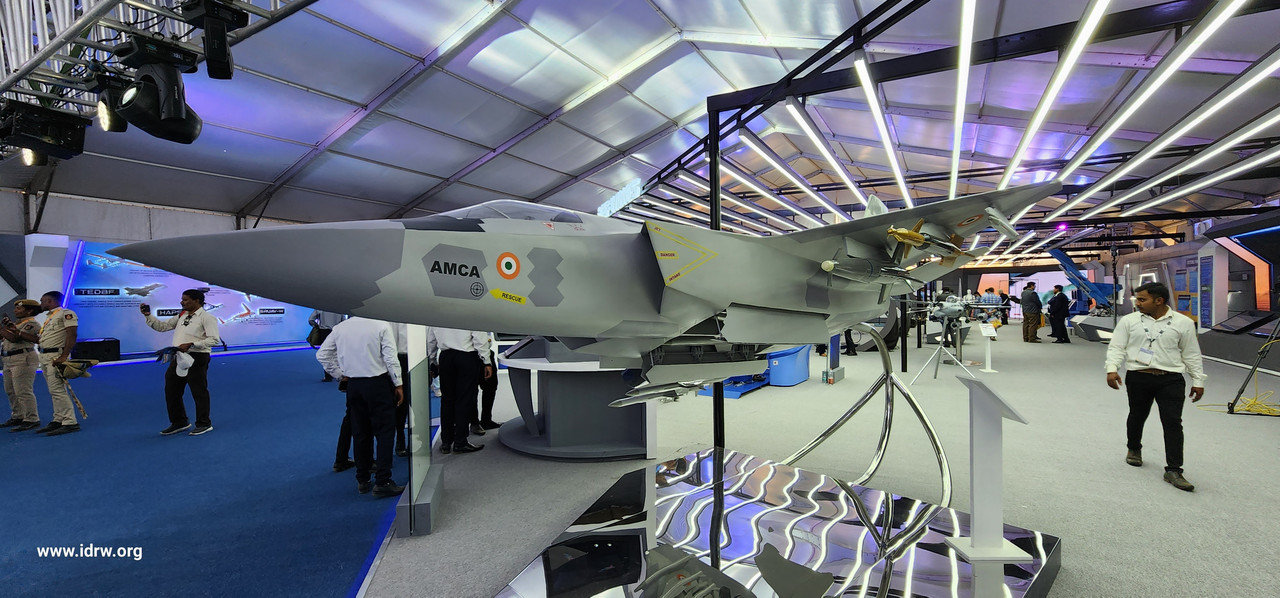
The fate of India’s ambitious Advanced Medium Combat Aircraft (AMCA) program hangs in the balance as it awaits clearance from the Cabinet Committee on Security (CCS) for a staggering ?15,000 crore budget. While the program aims for complete indigenous development, the question of how to involve the private sector remains a key point of contention.
Initial plans for a private-sector consortium to collaborate on the AMCA program seem to have hit a snag. Many Indian aerospace companies expressed reluctance due to factors like lack of experience, high investment with uncertain returns, and the complexity of managing multiple stakeholders.
Continue readingSOURCE: RAUNAK KUNDE / NEWS BEAT / IDRW.ORG

The Indian Army has set its sights on significantly bolstering its artillery capabilities with plans to procure not just the initially proposed 400 towed gun systems (TGS), but another staggering 800 units. These TGSs will become the backbone of the army’s towed howitzer regiments, offering crucial firepower across diverse terrains and conditions.
This procurement comes alongside the planned acquisition of 307 heavier, 18-ton Advanced Towed Artillery Gun System (ATAGS) units. However, the TGS, weighing below 15 tons, will offer greater operational flexibility, enabling deployment in India’s varied topographical landscapes.
Continue readingSOURCE: IDRW.ORG
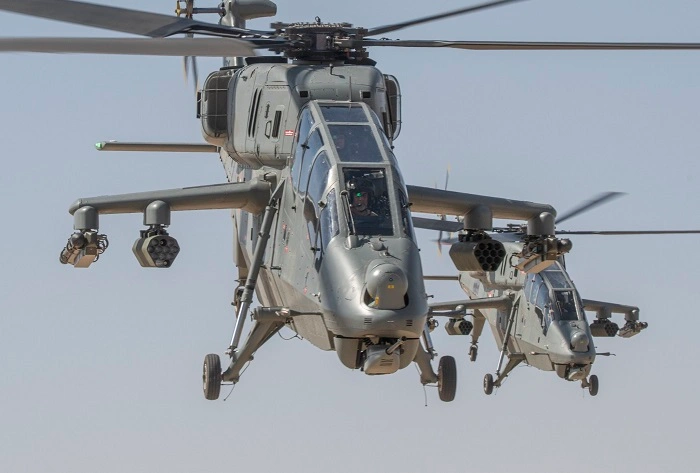
India has ramped up its defense export push to the Philippines, offering local manufacturing of attack helicopters, artillery guns, and bulletproof vests during recent talks. This comes after India secured an order for BrahMos supersonic cruise missiles and offered its LCA-Tejas fighter jets and ALH-Dhruv helicopters. To incentivize the deal, India has also offered a soft loan with a low interest rate and a long repayment period.
This move highlights India’s growing ambitions in the defense export market and its efforts to forge closer military ties with the Philippines.
Continue readingSOURCE: IDRW.ORG TEAM.
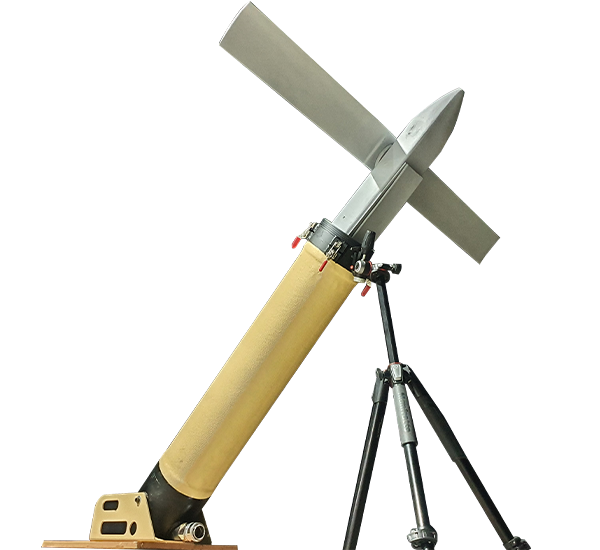
The Indian Army is gearing up to enhance its combat capabilities with the planned acquisition of a Canister Launched Anti-Armor Loiter Munition System (CLAAMS). The project, expected to be launched through a global tender soon, aims to bolster the army’s arsenal with advanced loitering munitions, a category of weaponized drones capable of extended flight and precise targeting.
The Indian Army already possesses experience with loitering munitions, having previously procured and operated systems like the indigenous Nagastra-1 from Solar Industries and ALS-50 from Tata Advanced Systems Limited (TASL). Additionally, the Polish Warmate Loitering Munition developed by WB Electronics has been inducted into service. This experience provides valuable insights and operational context for the upcoming acquisition.
Continue readingSOURCE: IDRW.ORG TEAM.

In a significant move towards self-reliance in the Indian aerospace sector, PTC Industries Limited and the Accessories Division of Hindustan Aeronautics Limited (HAL), Lucknow, have signed a Memorandum of Understanding (MoU) to focus on indigenization efforts.
This strategic partnership signifies a concerted effort to locally manufacture aviation-grade raw materials like titanium, nickel-based super alloys, and special steels. Additionally, the collaboration will encompass the domestic production of crucial components, spares, sub-assemblies, and Line Replaceable Units (LRUs) for HAL’s aircraft and helicopter programs.
Continue readingSOURCE: RAUNAK KUNDE / NEWS BEAT / IDRW.ORG

India’s quest for robust underwater deterrence takes a significant leap forward with the advancement of DRDO’s SLCM program. Promising diverse capabilities and extended ranges, this initiative aims to equip both conventional and nuclear submarines with powerful offensive punch.
Last year’s successful test of a torpedo-launched SLCM marked a crucial milestone. With a current range of 402 km, the missile is slated for further trials pushing its reach to 500 km and eventually achieving an impressive 800+ km. This initial iteration focuses on equipping older diesel submarines, demonstrating DRDO’s commitment to enhancing legacy platforms.
Continue readingSOURCE: RAUNAK KUNDE / NEWS BEAT / IDRW.ORG

India’s Defence Research and Development Organisation (DRDO) has announced a critical milestone in its air defence capabilities with the successful completion of developmental trials for the New Generation Akash (Akash-NG) missile system. This successor to the existing Akash system promises improved performance and versatility, further bolstering India’s air defence against aerial threats.
First tested in 1990, the Akash missile system has served as a mainstay in India’s air defence arsenal for over two decades. However, technological advancements necessitated an upgrade. The Akash-NG sheds weight, replacing the older Ramjet propulsion with a more efficient Dual Pulse Rocket motor. This not only reduces its weight from 720kg to 350kg but also enhances its manoeuvrability and agility.
Continue readingSOURCE: RAUNAK KUNDE / NEWS BEAT / IDRW.ORG
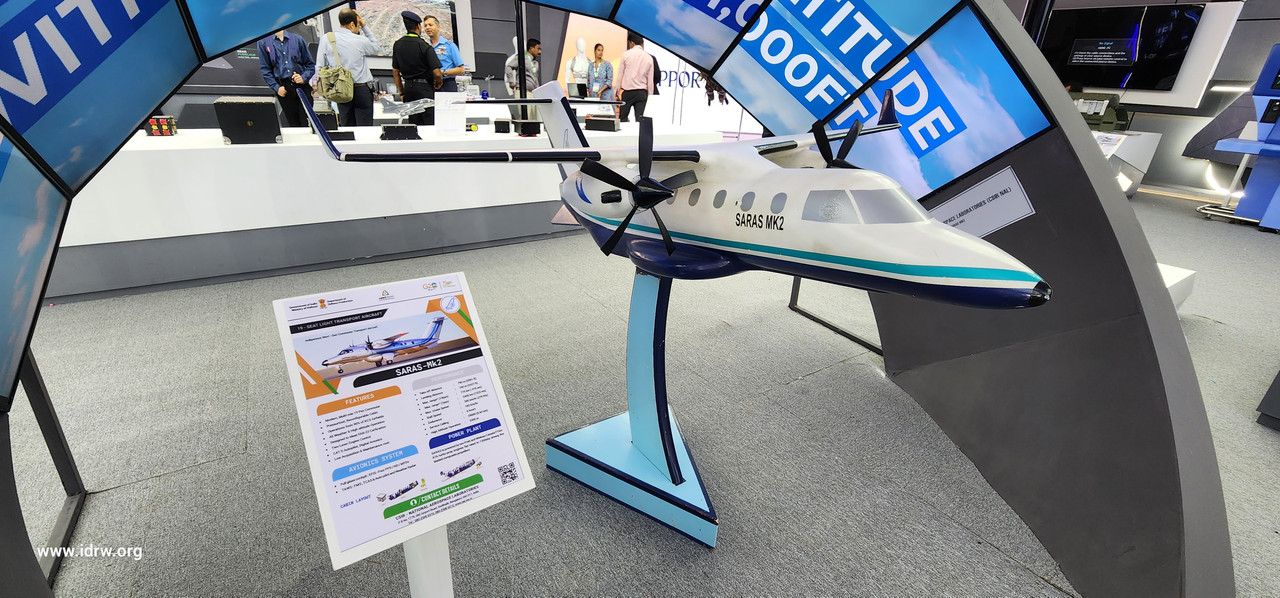
C.B. Ananthakrishnan, Chairman and Managing Director of Hindustan Aeronautics Ltd (HAL), has announced significant progress in the development of the SARAS Mk II, a 19-seater indigenous aircraft program. This exciting project, a collaboration between HAL and the National Aerospace Laboratories (NAL), is poised to take to the skies with its maiden flight anticipated by the end of 2026.
The focus is currently on constructing two prototypes, with the possibility of a third being considered to expedite the certification process. This reflects the commitment of both HAL and NAL to bring this innovative aircraft to life.
Continue reading